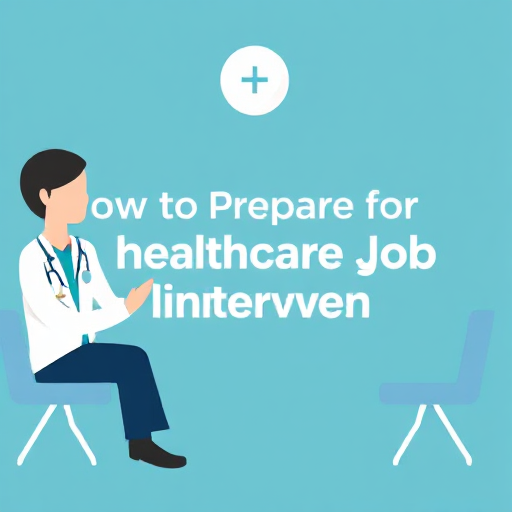Technology plays a pivotal role in enhancing patient care delivery in healthcare systems worldwide. From improving the accuracy of diagnoses to streamlining administrative processes, technology has transformed nearly every aspect of healthcare. The integration of innovative technologies helps healthcare professionals provide more efficient, personalized, and effective care, ultimately benefiting both patients and healthcare providers. Below are several key ways in which technology enhances patient care delivery:
1. Electronic Health Records (EHR)
The widespread use of Electronic Health Records (EHR) has revolutionized patient care by providing healthcare professionals with quick and easy access to a patient’s medical history. EHRs eliminate the need for paper records, reduce the risk of errors, and improve communication among healthcare providers. Doctors, nurses, and specialists can access patient data in real time, enabling them to make informed decisions quickly.
- Benefits:
- Improves accuracy and completeness of patient information
- Enhances communication between healthcare providers
- Allows for more coordinated care
- Reduces the risk of medical errors
2. Telemedicine
Telemedicine enables healthcare providers to offer remote consultations, diagnoses, and treatment plans through video conferencing, phone calls, or digital messaging. This technology has become increasingly important, especially in rural areas or for patients with limited mobility, as it reduces the need for in-person visits and allows for quicker access to healthcare services.
- Benefits:
- Increases access to healthcare, especially in underserved regions
- Saves time and money for both patients and providers
- Facilitates quicker responses to health concerns
- Supports continuity of care, especially for chronic conditions
3. Wearable Devices and Health Monitoring Tools
Wearable technology, such as smartwatches and fitness trackers, plays a significant role in monitoring patients’ health outside of clinical settings. These devices track vital signs such as heart rate, blood pressure, oxygen levels, and even sleep patterns, providing real-time data to healthcare providers.
- Benefits:
- Facilitates continuous monitoring of patients’ health
- Enables early detection of potential health issues
- Helps in the management of chronic diseases (e.g., diabetes, heart disease)
- Improves patient engagement in their health management
4. Artificial Intelligence (AI) and Machine Learning
Artificial Intelligence (AI) is making significant contributions to patient care by analyzing vast amounts of medical data and offering insights that assist healthcare providers in making accurate diagnoses. Machine learning algorithms can also identify patterns in patient data that might not be immediately apparent, helping to predict disease progression or treatment outcomes.
- Benefits:
- Improves diagnostic accuracy through predictive analytics
- Assists in creating personalized treatment plans
- Enhances clinical decision-making by providing evidence-based recommendations
- Reduces the workload of healthcare providers by automating repetitive tasks
5. Robotic Surgery
Robotic surgery allows surgeons to perform complex procedures with precision and minimal invasiveness. Robotic systems offer enhanced visualization, greater dexterity, and the ability to make finer movements than human hands, resulting in smaller incisions, faster recovery times, and fewer complications.
- Benefits:
- Minimizes patient recovery time
- Reduces the risk of infection
- Allows for more precise and controlled surgeries
- Enhances the surgeon’s ability to perform complex procedures
6. Clinical Decision Support Systems (CDSS)
Clinical Decision Support Systems (CDSS) use algorithms and data analysis to assist healthcare providers in making clinical decisions. These systems can alert doctors about potential drug interactions, suggest treatment options, and highlight abnormal lab results, reducing human error and improving patient safety.
- Benefits:
- Provides real-time alerts and recommendations
- Reduces errors in diagnosis and treatment
- Enhances patient safety by identifying risks such as drug interactions
- Improves efficiency in clinical decision-making
7. Digital Prescription and Medication Management
Digital prescription systems enable healthcare providers to send prescriptions directly to pharmacies, reducing the risk of prescription errors and ensuring that patients receive the correct medication. Medication management systems can also help track patient adherence to prescribed treatments, alerting healthcare providers if a patient misses a dose.
- Benefits:
- Reduces medication errors and improves prescription accuracy
- Streamlines the process of filling prescriptions
- Helps healthcare providers track patient medication adherence
- Provides patients with more convenient access to medications
8. Patient Portals and Mobile Apps
Patient portals and mobile health apps allow patients to access their health records, schedule appointments, request prescription refills, and communicate with healthcare providers. These tools enhance patient engagement by giving individuals more control over their healthcare and facilitating better communication with their care team.
- Benefits:
- Improves patient engagement and satisfaction
- Allows patients to manage their health more effectively
- Enhances communication between patients and providers
- Provides patients with easier access to their health information
9. 3D Printing
3D printing technology has found applications in healthcare, especially for creating customized prosthetics, implants, and even surgical models. Surgeons can use 3D-printed models of organs or body parts to practice procedures before performing them on patients, leading to better outcomes.
- Benefits:
- Allows for personalized medical solutions (e.g., prosthetics, implants)
- Improves surgical planning and accuracy
- Reduces the time required for certain procedures
- Enhances the customization of medical treatments
10. Blockchain for Health Data Security
Blockchain technology is being explored for its ability to securely store and manage patient data. Blockchain provides a decentralized, transparent, and tamper-proof method for managing sensitive health information, reducing the risk of data breaches and ensuring that patients’ privacy is protected.
- Benefits:
- Ensures secure and transparent handling of patient data
- Reduces the risk of data breaches and fraud
- Improves patient trust by guaranteeing data privacy
- Simplifies sharing of health information across different providers
11. Virtual Reality (VR) and Augmented Reality (AR)
Virtual and Augmented Reality (VR and AR) technologies are being utilized in healthcare for both education and patient care. VR allows healthcare professionals to practice procedures in a simulated environment, while AR can provide real-time information and visualizations during surgeries or patient assessments.
- Benefits:
- Enhances medical education and training
- Improves patient understanding of their conditions through visual aids
- Assists surgeons in performing procedures with added guidance
- Offers therapeutic applications, such as pain management and rehabilitation
Technology continues to reshape the healthcare landscape by improving patient care delivery through efficiency, accuracy, and accessibility. From virtual consultations to robotic surgeries and AI-powered diagnostics, technology empowers healthcare professionals to deliver higher-quality care and enhances patients’ overall experience and outcomes. As innovation progresses, the integration of these technologies will become even more ingrained in everyday healthcare practices, leading to better, more personalized care for patients around the world.






